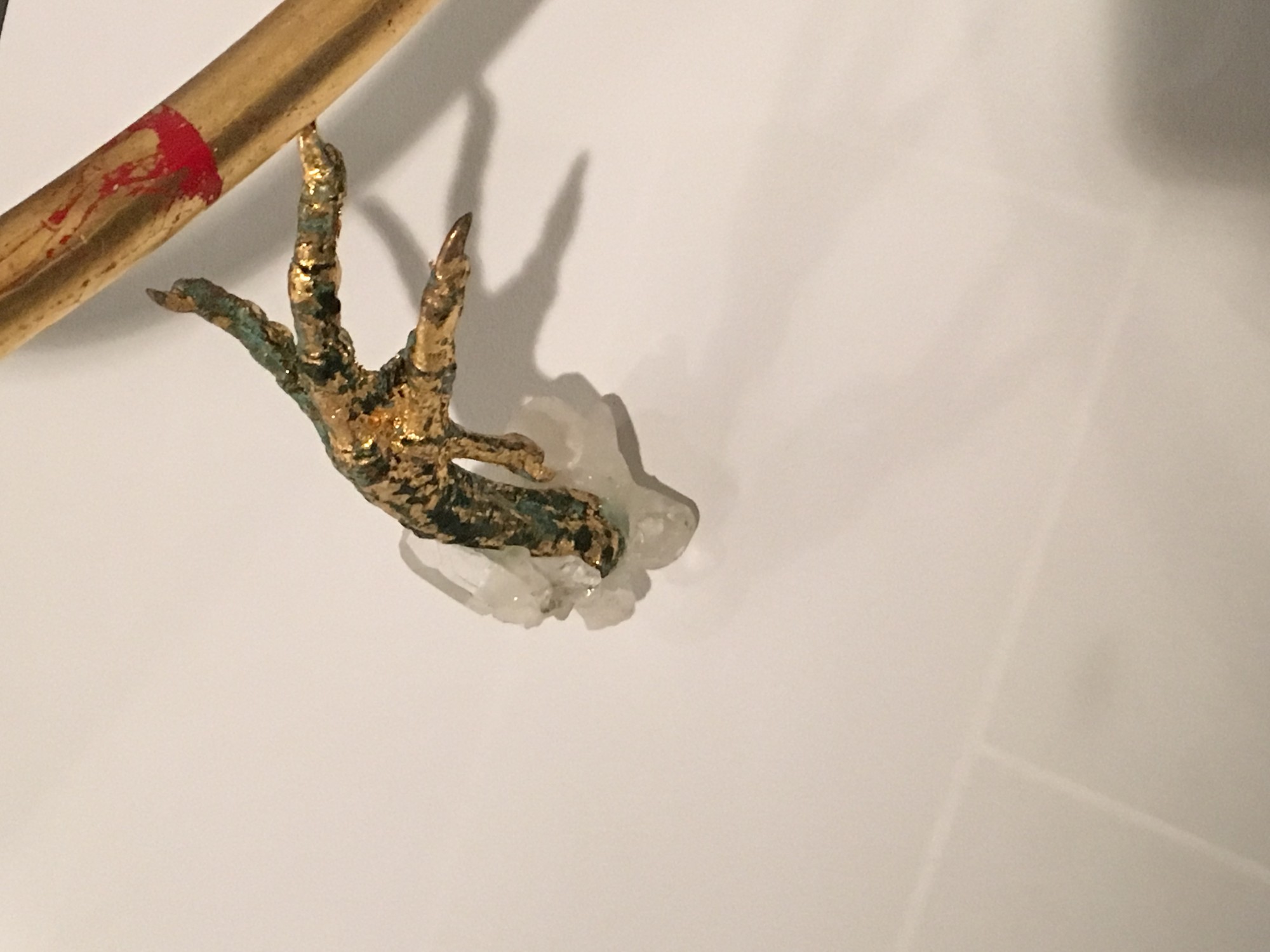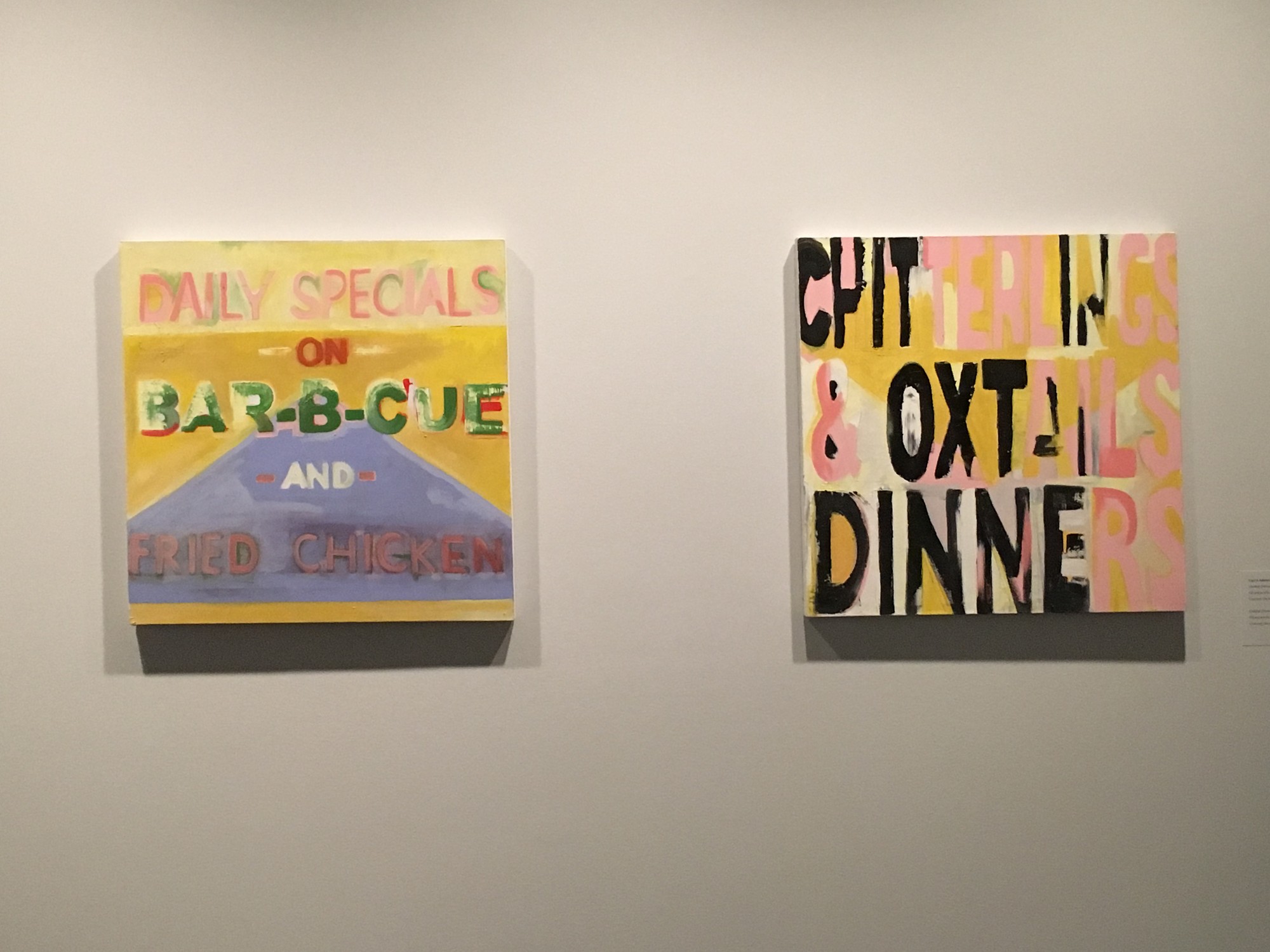People treat food far too casually these days. We’re all scarfing muffins out of paper bags on the subway, ordering food to our desks at work, and skipping dinner in favor of a spoonful of peanut butter or a beer. Thankfully, The Studio Museum of Harlem is countering this reality with their new exhibit Palatable , which examines the use of food to speak to politics, deep-rooted cultural practices, identity, and consumption in America. Eating, cooking, and experiencing food in general can go much deeper than convenience and fuel, and the 2,000 pieces compiled for Palatable showcase that depth.
The diverse range of pieces were sourced from their early collection through to recent Artist-in-Residence periods, and include etching, sculpture, video and painting. A mounted banana skirt is tucked in a back corner; ore sculptures are presented as oozing, rotting fruit flesh. The exhibit moves the conversation about food away from the table and explores meaning behind certain ingredients or scenes, illustrating the complexity of our relationship to eating.
 Fred Holland’s gold-plated chicken foot. Photo by Alica Forneret
Fred Holland’s gold-plated chicken foot. Photo by Alica Forneret
In his piece “FH #117”, artist Fred Holland plated a chicken foot in gold and propped it up to support a similarly gold-leaf-plated hoop. The foot, a throwaway ingredient adopted by Southern American and Caribbean cuisine, was utilized more and more over time, incorporated into dishes as an eventually respectable cut. Holland’s use of the foot, mounted between a crystal and hoop symbolizing healing, further elevates its purpose, power, and significance as a contextual symbol in food history.
Texas native, Carris Adams, repurposed the images of two signs, familiar to those found in front of weather-beaten, roadside restaurants on Southern highways. They boast classically Southern American dishes, such as BBQ and chitterlings, but the piece asks the viewer to ask why those dishes are so firmly rooted and connected to the black American’s identity in food.
 Carris Adams’ homage to Southern food. Photo by Alica Forneret
Carris Adams’ homage to Southern food. Photo by Alica Forneret
Palatable expands our understanding of how food permeates our daily lives and shapes landscapes. Whether it’s our neighborhood grocer, the historical significance of sugarcane laborers, or a dark depiction of poverty embodied in a scarcely filled dinner plate, all of these images ask that we take a moment before we scarf breakfast or Seamless dinner and think.










